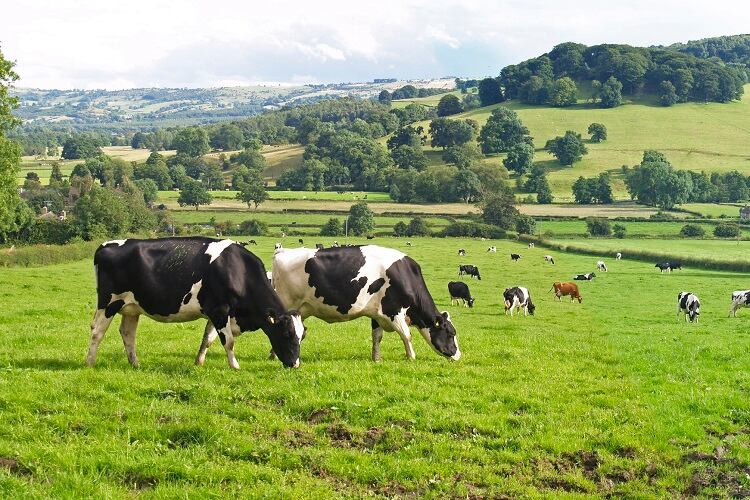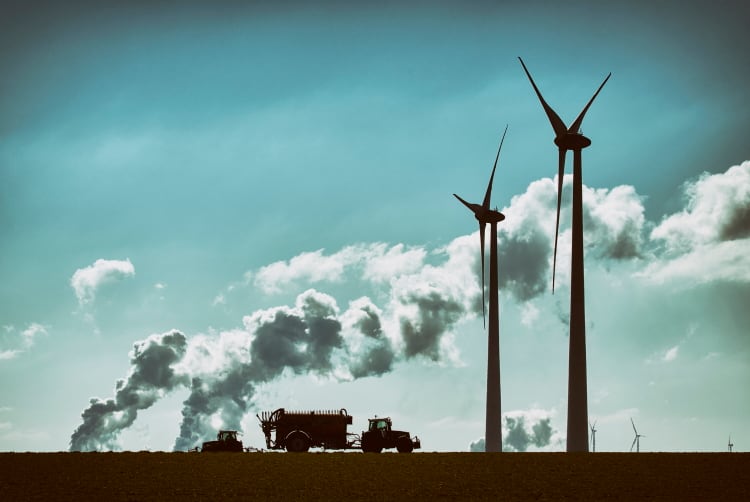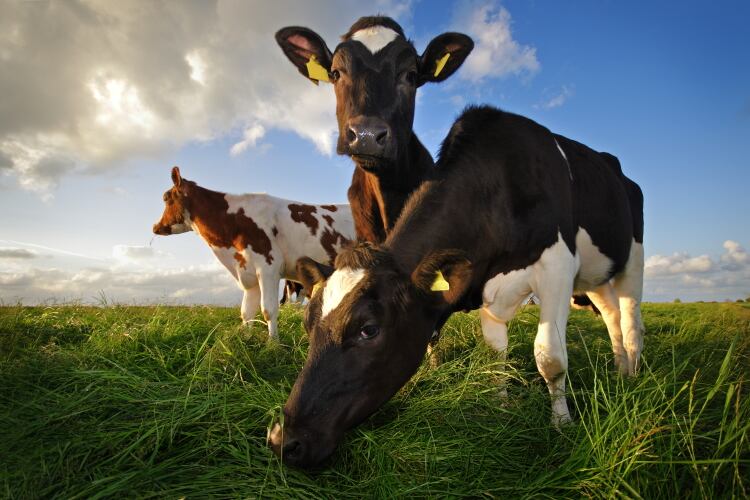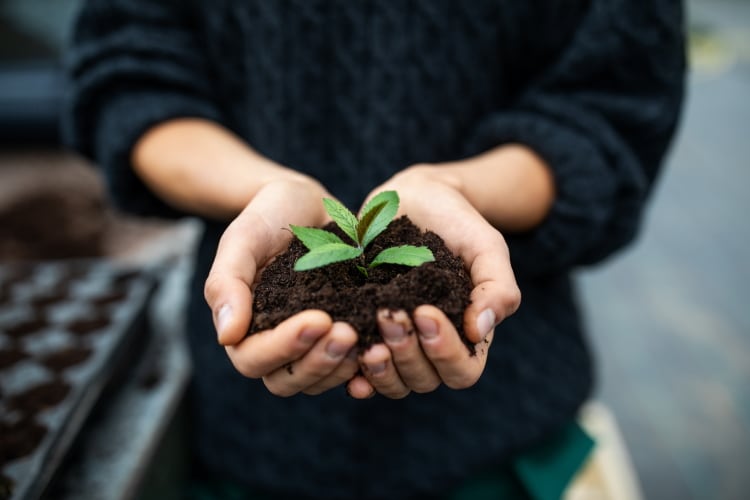The five-year scheme, called Partnering to Invest in and Build Markets for California’s Climate-Smart Dairy Producers, will focus on providing financial incentives for dairy producers in the region to adopt manure management practices and reduce methane and nitrogen emissions.
To do this, CDRF will use federal as well as match-funded resources, engaging 20 partners – including the California Department of Food and Agriculture, NPO Dairy Cares, the National Milk Producers Federation, Land O’Lakes sustainability business Truterra, and Nestlé – to promote climate-smart practices among as many dairy producers as possible. “We want to see these technologies and practices installed in multiple settings - smaller dairies, larger dairies, and so on,” a spokesperson for the Foundation told us. “All California dairy producers are eligible and will have the opportunity to participate.”
Whilst the final award will be granted in the coming months, Michael Boccadoro, executive director of Dairy Cares, says that the funding represents ‘the next critical instalment and chapter in California’s world-leading dairy methane reduction efforts’. “On-farm projects will be designed to not only reduce methane but will significantly improve water quality outcomes, ensuring broad benefits for our rural farm communities.”
Advanced practices
“Our project brings together multiple entities in the California dairy industry and beyond,” a spokesperson for CDRF told us. “This includes providing incentive funding to dairy producers for the implementation of advanced manure management practices. Advanced practices are ones that will reduce greenhouse gas emissions and nitrogen surplus - addressing both air and water quality.
“Example practices include vermifiltration, algae raceways with moving bed biofilm reactor, polymer floculant-based solids/liquids separation, evaporative liquid waste processing systems, surface drip fertigation using liquid manure, aerated static compost piles, and others.”
To quantify and verify the benefits of these practices, pre- and post- analyses will be conducted across the pilot projects, with the results presented to producers and stakeholders in a bid to clearly demonstrate the benefits of different practices across multiple dairy operating conditions.
No mechanism
Whilst USDA’s Partnerships for Climate-Smart Commodities program has offered a welcome funding opportunity to drive sustainable agriculture practices in the US, monetary support forms only part of what needs to be done to recognize the efforts of dairies that go the extra mile in carbon reductions. “Currently, there isn’t a mechanism for dairy producers to get a financial return for being eco-friendly,” explained the CDRF spokesperson, adding that on-going monetary support as well as funding designed to encourage the implementation of new technologies could be key to reducing emissions across the industry.
“Dairy producers are committed to sustainability. They have already made huge improvements."
"Greenhouse gas emissions per gallon of milk produced in California have decreased by more than 45% over the last 50 years," noted the spokesperson, citing 2020 research published in Journal of Dairy Science. "We all will have to continue to make changes to meet our climate goals and they are willing to do their part.”
The partners
Apart from leaning on federal funding, Partnering to Invest in and Build Markets for California’s Climate-Smart Dairy Producers will rely on support from a range of partners. “Each partner provides an important contribution to the overall project success,” CDRF told us.
“The project coordination will be managed through regular project ‘oversight’ meetings to track activities, progress and needs. One very important partner is the California Department of Food and Agriculture, which will disperse producer funds for the implementation of practices and technologies through its established Alternative Manure Management Program.”
Other key partners include: the Universities of California, Davis and Riverside, who will conduct research and verification, whilst education and outreach opportunities will be handled by the California Dairy Quality Assurance Program, University of California Cooperative Extension, Sustainable Conservation, and Dairy Cares. The California Milk Advisory Board will conduct consumer market analysis, whilst California Dairies, Inc. Challenge Dairy Products, Nestlé and others will assist with the marketplace component.
“The funding for this project will go a long way to implementing many great projects and researching them,” the CDRF spokesperson concluded. “Ultimately, providing solid data and information about them out to producers and stakeholders. There is a lot that needs to be done in this area to reach our collective climate-smart ag goals, but this is a really good start. We hope we see additional opportunities.”
Source: Greenhouse gas, water, and land footprint per unit of production of the California dairy industry over 50 years
A. Naranjo, A. Johnson, H. Rossow, and E. Kebreab




